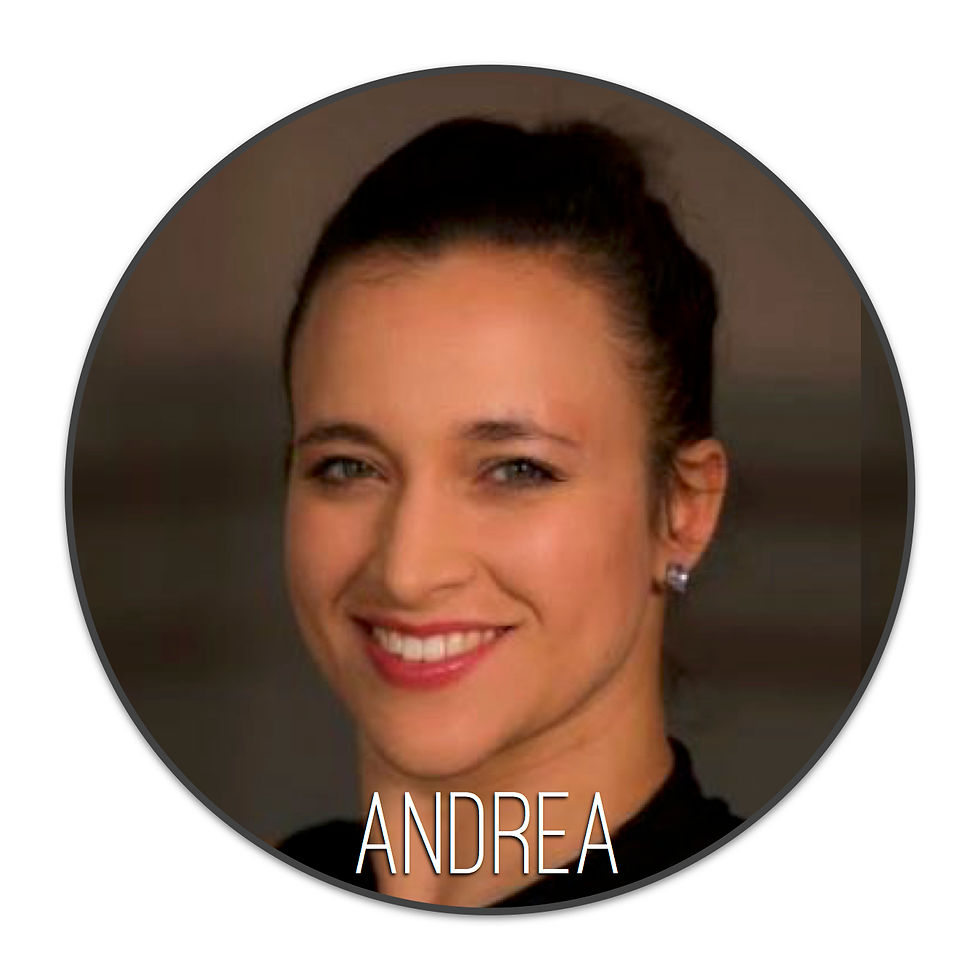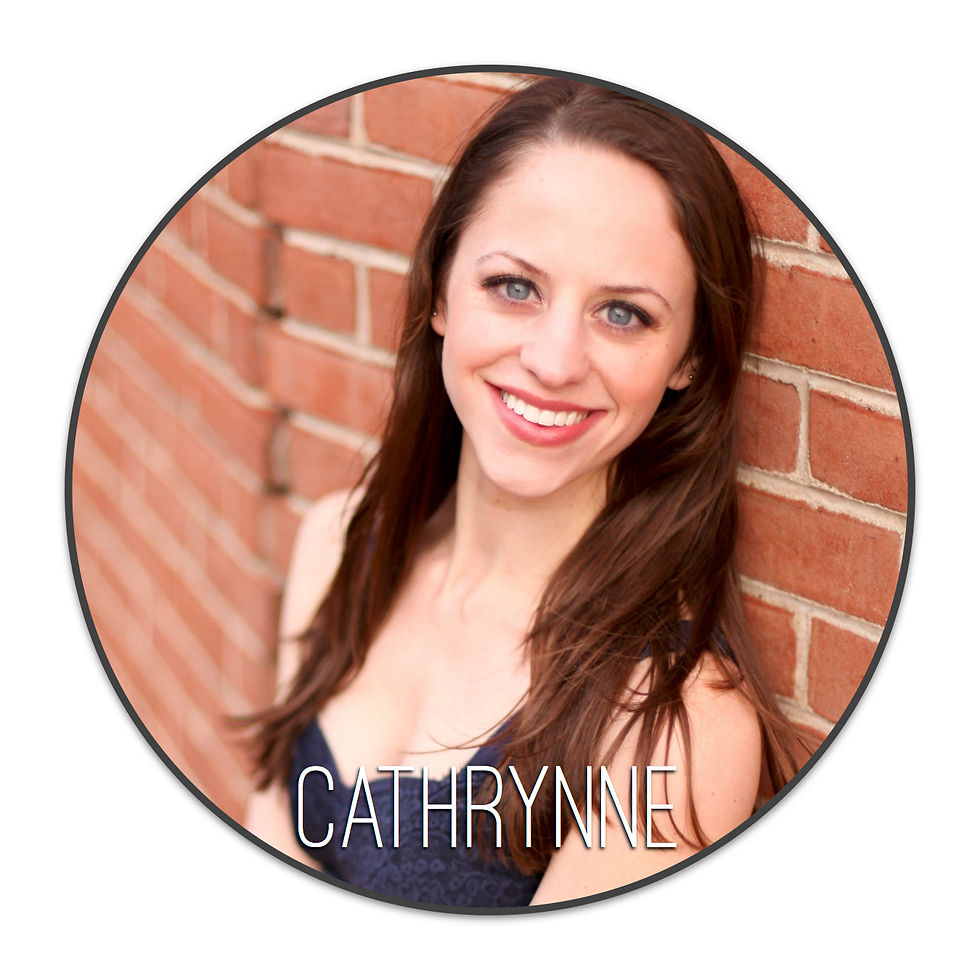Bring Ballet Back - Resurrecting the Art Form For Competitive Dancers
- Lesley Mealor

- Apr 19, 2018
- 7 min read
Updated: Apr 26, 2020
Check out our podcast episode on this hot topic!

“Ballet is the foundation of all dance styles.” * How often have we heard this old adage? Based on what judges see every weekend at dance competitions, it would seem that we don’t hear it often enough! As dance educators, we are the first line of defense against how students view ballet - if we treat ballet as simply a means to an end instead of the exciting, beautiful art form that it is, we are grooming a generation of dancers who will lack the benefits of the discipline, structure, and history that are inherent to ballet. The challenge is how to engage the “fast-food”, instant gratification mentality of today’s dance student to the benefits of long term, methodical study of ballet. IDA judges and teachers Maddie Kurtz, Andrea Tracy, Kimberly Corbett, Cathrynne Reynolds, and Miranda Spada discuss their ideas about how to keep ballet relevant in today’s dance competition world.

Unless we’re talking about a strictly ballet competition, it is becoming more and more rare to see ballet routines compete. Many teachers believe that ballet routines will not do well at competition, so they don’t bring them. There may be truth in this, but for perhaps a different reason than you’d think. Cathrynne Reynolds, ballet teacher originally from Harleysville, PA, says, “Ballet numbers tend to be scored harshly at competition because ballet technique is so black and white. It’s either right or it’s not. In contemporary, lyrical, and jazz, strategic choreography can hide a multitude of technical flaws, but you have nothing to hide behind in a ballet number. Unfortunately, this seems to deter many studios from bringing ballet to competitions. The same group of students will do multiple contemporary numbers yet no ballet. I personally love seeing ballet at competitions and still encourage all studios to bring ballet because it shows your students’ versatility and artistry.” Many competitions, such as Star Systems, Jump, and Nuvo, have started to offer one free entry fee to a ballet routine, to encourage more studios to bring ballet back to the competition stage. It may feel daunting to think about competing ballet, but Andrea Tracy, teacher from Augusta, Maine, adds, “Especially if you are competing in lyrical, contemporary, and jazz....I'm going to assume that you are also training seriously in ballet. As a judge, I can tell who is training and receiving proper ballet technique. I love to see a beautiful ballet routine at a competition. They are usually very memorable for me over the course of the weekend because there aren’t many of them, so that always helps me when I'm thinking of special awards and recognition. So many people are afraid to compete with ballet because they think they will get judged more harshly. For me as a judge, this is not true. A ballet routine coming out is always a breath of fresh air.”

In our current, “YouTube sensation” society, young dancers often want to bypass the seemingly tedious and boring aspects of training to jump ahead to “the fun stuff”. Sadly, many studios and teachers have also adopted this mindset, whether it be for money, retention, or any number of other reasons. Yes, it is challenging to develop a curriculum for ballet at a studio that may not be geared solely towards training the next prima ballerina, but as dance educators, it is a challenge we must rise to in order to train well-rounded dancers. Cathrynne says, “My goal is to instill passion for ballet from the very beginning with the youngest dancers at the studio. I start every class from ages 4 up through my 8 year olds by sitting in our “Hello Circle” and talking about ballet etiquette. All of my ballerinas and danseurs will tell you that “ballet etiquette is our ballet manners. It’s how we behave in our ballet class.” We “pop” on our listening ears (for the 4-5 year olds), briefly discuss what we should be wearing to our dance class and why, and talk about practicing all our ballet steps at home. My littles are so proud that they know the proper terms for their ballet steps and they puff up their chests when they hear me say, “I see Sara using her ballet etiquette standing in 1st position, with arms preparatory ready to go.” Rather than coming into class with the mentality that ballet equals a boring list of rules, this practice teaches them to want to behave well because they are proud of it. I continue this strategy with my older classes as well by opening up a dialogue with them about traditional ballet etiquette and why those traditions are in place.” It does take persistence and consistency to develop these good habits, but the benefits in the long run are priceless.
Since the littles are the bread and butter of your studio, it’s incredibly important to instill the love of ballet early on so that as the students progress, they already understand the value of studying ballet. One way to make learning different ballet concepts fun is by using imagery. Cathrynne explains, “When we practice our port de bras, we pretend we are gently holding blueberries between our thumb and the 2nd knuckle of the middle finger. This helps to shape our ballet fingers and gives me a quick cue “blueberry fingers!” to use in the middle of an exercise. When we do demi pliés we pretend to be in a toaster. This helps us go straight up and down because if we lean forward we will burn our butts! Of course, this one gets tons of giggles. I rely on imagery to illustrate concepts with older levels as well. It helps make the technique more accessible to the students and when something “clicks” they realize that hard work can actually be fun.”

Maddie Kurtz, teacher and MFA candidate at SUNY Brockport, has some excellent suggestions for keeping ballet relevant in a world that values tradition less and less. “One way to keep it fun is to switch up the music. While I acknowledge that classical music is an integral part of classical training, if it’s a Saturday morning or a holiday, especially with older students who take ballet classes daily, I love to incorporate popular music into class. It’s amazing how excited dancers get when they do tendus to Britney Spears! Another tool is to have the dancers first do the combination to classical music and then turn on a pop song for a second round. I like to then ask them what changed with Britney. I often find that they become much more relaxed because they are smiling and breathing, which also helps them to access their epaulement. I also think that for dancers who love jazz and musical theater styles, the louder, more driving music gives them more of that energy so they become more engaged.” There are also many piano covers of pop music available on Itunes that are suited to ballet class for a middle of the road approach to different music.

The professional ballet world may seem far away to many young dancers. It’s not often that we see ballet in commercials, or on tv, or in pop culture in general like we see hip hop and contemporary. However, the ballet world has its own current, exciting culture and with a little research, competition dancers can find new role models to follow. Kimberly Corbett, dance teacher from Massachusetts, says, “As a Boston dancer, I am a huge fan of Mikko Nissinen's vision for the Boston Ballet and the amazing changes he's made to the company. His new(er) production of The Nutcracker is a feast for the eyes and definitely something you shouldn't miss! Although she is now based in LA and no longer with the Boston Ballet, I absolutely love Dusty Button. Her modern, rock and roll style coupled with her exquisite technique is so refreshing and she's a fabulous role models for younger dancers to love and embrace who they are.” Seconding Dusty Button as a role model, Miranda Spada, dance teacher from Buffalo, NY, adds, “She's a great example of how you can combine the world of classical ballet with the world of competitive, convention, and commercial dance. I have followed her since she was a young girl and she swept through competitions such as NYCDA. She has since been with Boston Ballet where she has evolved as a beautiful yet powerful ballerina and then has entered back into the competitive world teaching at conventions, teaching master classes, and combining her history of classical ballet with her own evolving movement.”

Both Kimberly and Miranda also brought up Misty Copeland as a fantastic role model. As the first African-American woman in the history of the American Ballet Theatre to be promoted to a principal dancer in 2015, Misty Copeland’s story is an inspirational and exciting one that is relevant not only to dancers but to all young people following a dream. Miranda says, “She is an advocate for more than just excellence in dance. Her ability to speak up for dancers of color, for female empowerment and for the acceptance of body types as well as the ability to chase a goal when the odds are against you; she has the capabilities to reach multiple audiences which in turn, gives dance more exposure and interest from people of all walks of life, which is great for the community.” By sharing the stories and culture of ballet with competitive dancers, teachers can bridge the gap between the styles and encourage interest and excitement about ballet.

The truth about becoming a professional dancer, no matter in what style, is that it’s an incredibly difficult goal to achieve. We as dance educators know that the majority of our students won’t go on to professional careers. However, the discipline that it takes to study ballet will translate into every facet of life for a young person growing up in a world that promotes instant gratification. If we can promote excitement about and enjoyment of ballet early on, our students will grow to be solid dancers as well as arts advocates themselves, no matter what their career.



Comments